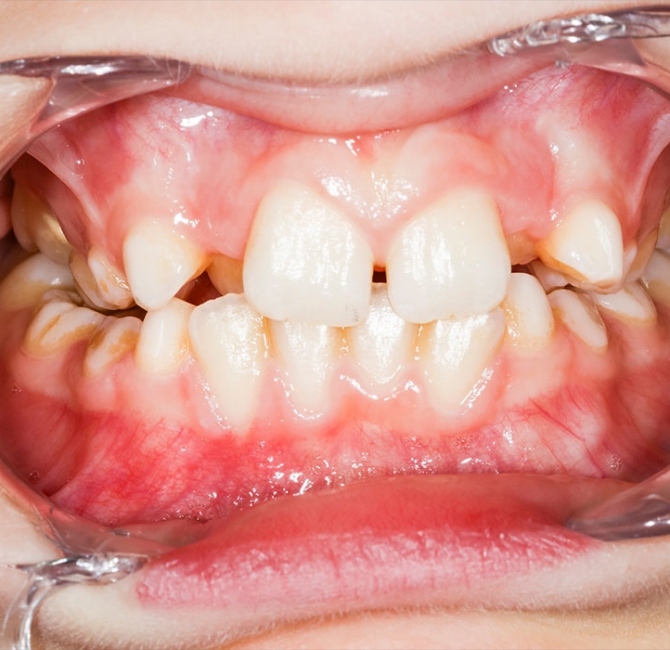Mechanical plaque removal aims to disrupt and remove bacterial plaque on tooth surfaces. The toothbrush is the most common mechanical plaque control device used. Ideally, it should be used with fluoridated toothpaste. Nonetheless, the selection of oral hygiene devices can be associated with personal preference, affordability, and professional recommendations. Compared to the toothbrush, miswak or chewing stick is considered a low-cost oral hygiene device to control dental plaque and is often preferred among low-income populations.
Miswak is obtained from several different plant species, such as the lime tree, orange tree, and Neem tree and most commonly from the root, stem, and twig of the Arak tree. Miswak is widely used among Western Asia and Muslim populations globally. Some adults use it in conjunction with a toothbrush.
The stem or root is softened by soaking in water and is chewed to fray the end to make a brush-like instrument to clean teeth. In developing countries, many rural populations use miswak as an oral hygiene tool because of its low cost and easy availability. The preference for miswak can also be linked to religious belief.
Several studies have reported miswak to have mechanical and pharmacological properties that benefit oral health. However, miswak use have been associated gingival recession and clinical attachment loss. Improper use of miswak over a long period can result in oral tissue injury.
A systematic review and meta-analysis aimed to determine the effectiveness of miswak in reducing plaque and gingivitis among adults. In total, 150 abstracts were screened, with ten random control trials included and nine utilized in a descriptive meta-analysis. The findings claimed that miswak offered similar outcomes to toothbrushing when considering mean plaque score and mean gingivitis score. A further significant secondary outcome was noted, showing reduced mean plaque scores and reduced gingivitis score when miswak was used in addition to toothbrushing.
The authors concluded miswak sticks may offer similar plaque reduction to brushing and may reduce plaque-induced gingivitis when used as an adjunct to toothbrushing. However, more research is required on the advantages and proper method of miswak use for optimum outcome and safety.



